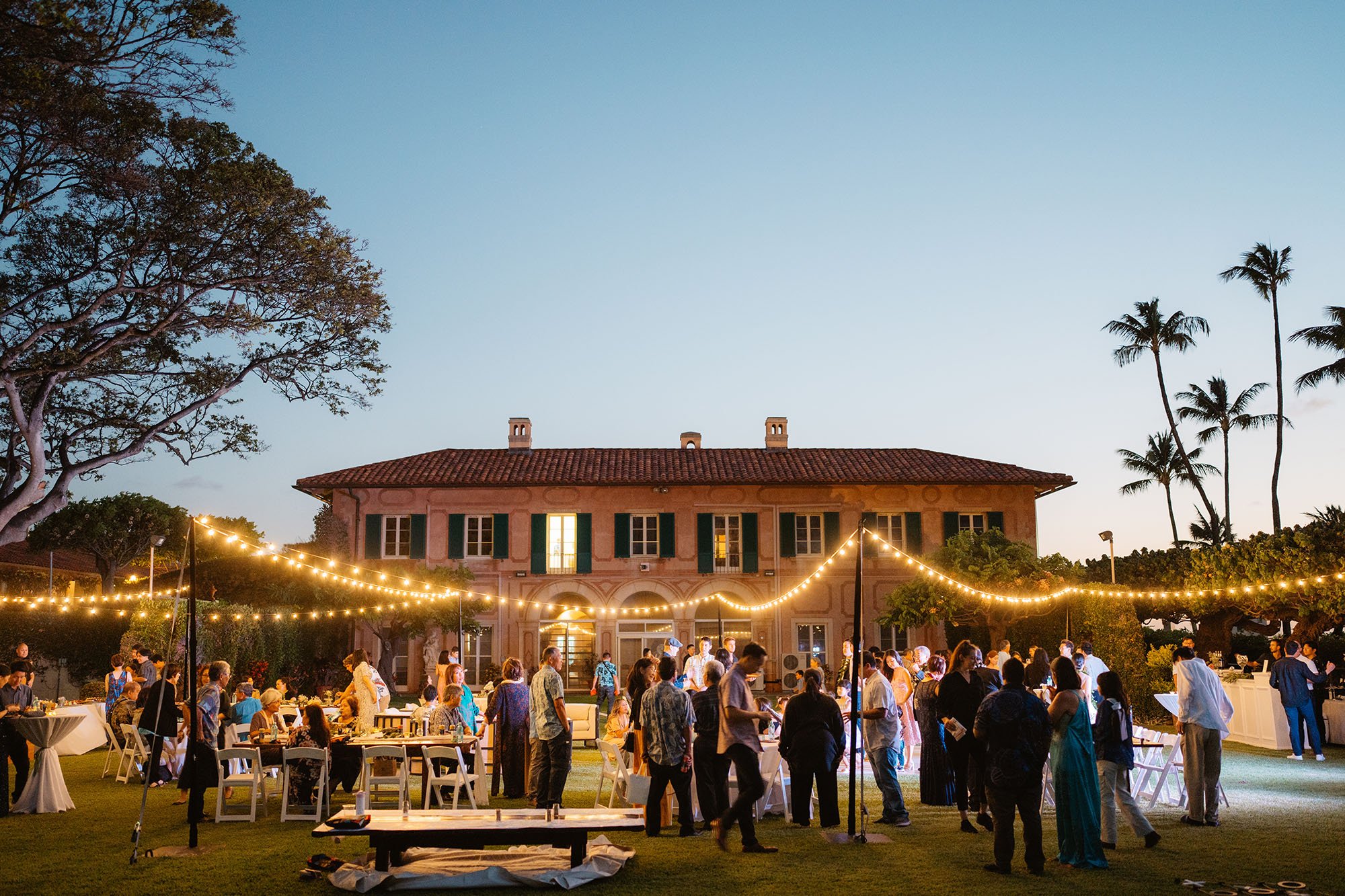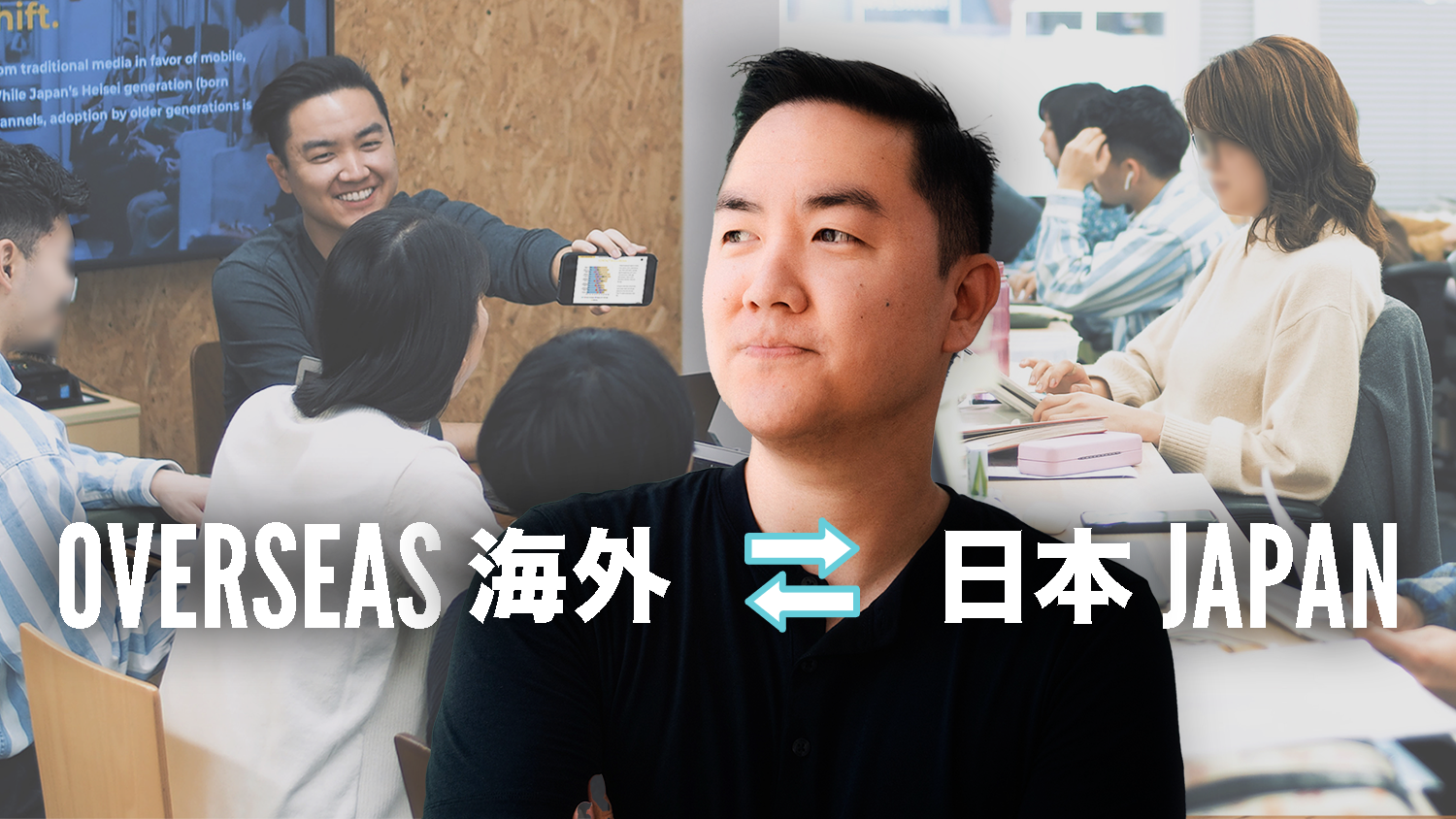Buying an Apartment in Tokyo
Buying an apartment in Japan was one of the biggest decisions in my life and also one of the most tedious and length processes I’ve ever been a part of. But alas, I, someone who often overthinks and resists taking big risks, decided to pull the trigger and buy an apartment in central Tokyo.
Why we bought an apartment in Tokyo
Japan is a second home to me. It’s a place that I have a desire and need to visit, not just to be a tourist but to go about my daily life. My wife is Japanese and from Tokyo, so it would be a place where we’d come back to anyways, with or without a home.
I also recently started my own company with a Japanese corporation and do a lot of work with and in Japan.
In short, it made sense to have a place in Tokyo.
How much do apartments in central Tokyo cost?
Tokyo is one of the biggest cities in the world both in population and economic size. It’s a dense city with homes on the smaller side because space comes at a premium.
Factors that contribute to the cost are things like whether or not it’s in Tokyo’s main 23 wards, and if so, which ward, what the nearest train station is, how far it is from the train station, what type of construction the building is and the age of the apartment. The difference in what you can get for your money can be quite big
For example, it would be typical for a brand new 1-bedroom apartment in desirable wards such as Minato and Shibuya to start at around ¥128M. On the other hand, one outside the main 23 wards to start around ¥40M.
Many locals actually opt to purchase homes in more affordable areas that are outside of the main 23 wards.
Our budget was roughly US $325-400k. This amount meant that it would be a struggle to get a 1LDK (1 bedroom with living room and kitchen) in a highly desirable place in central Tokyo that wasn’t too old. For most Tokyo residents with a similar budget, it would make sense to live further away from central areas or from stations.
With this budget, you could get a lived-in 2-bedroom condo further out from central Tokyo or a brand new 2-story house in places such as the small city I lived in Fukuoka.
What we considered
Location-first
Because we don’t plan on being in Japan for most of the year, we had the option to be more flexible with the size of the apartment. We decided to sacrifice the space a little and prioritize location.
This would add a lot more convenience to our stays while also helping to limit depreciation in home value, which often happens in Japan.
Our target location was the Tomigaya area, an area that we had visited often while living in Tokyo. Over the years, this “Inner Shibuya” neighborhood has grown significantly in popularity with its highly-rated eateries and coffee shops, and despite it being just outside of Shibuya and Harajuku, it still retains a quaint and somewhat sophisticated vibe.
In 2023, Time Out magazine said that “Tomigaya is one of the world's top 10 coolest neighbourhoods”.
Earthquake resistance of buildings
While apartment hunting, we learned that buildings were built with varying earthquake standards depending on the year they were built.
Buildings built before 1981 were built to withstand a Shindo-5 on the Japanese scale measuring intensity. Buildings built in 1981 or later were built to withstand a Shindo-6 or 7.
“Shindo” measures the intensity of the earthquake that is felt.
Retrofitting
The government is trying to get all buildings along main roads retrofitted to help better secure them in the event of a disaster. Not all buildings have been retrofitted yet, however, meaning that if the government requests an apartment building to be retrofitted, residents there may have to pay some money.
While we looked at 5 different apartments in our general target area, only 2 were built after 1981. These would likely be the best options both in terms of safety and property value if we were to sell the apartment sometime in the future.
We decided to apply for one of those two, and luckily we were approved.
Purchasing
One difference with Japan versus the U.S. is that there’s more freedom in Japan regarding who you work with. You can work with multiple real-estate agents and companies while doing your search, and this is what we did.
When it was time to start the next phase of the process, we went to the real estate agency managing the property we wanted to discuss making the offer.
Making the offer
Offers are accepted on a first-come, first-serve basis, and buyers have the option to offer the asking amount or lower. If it’s lower but the next person offers the asking price, the buyer will likely sell to the one willing to pay the price they asked for.
After some consideration, we decided to offer the asking price and luckily the buyer accepted. While we entertained offering lower, the availability of a place like this that’s close to our budget is too uncommon and the demand in the area was just too high. We were reassured that we made the right choice when a second bid came in from someone who had been unsuccessfully looking for a place in the area for the past 7 years.
Locking in the agreement
We met with the agency and the seller in a 3-way meeting, signed and stamped several papers, and paid the seller ¥2.5M in cash to lock in the agreement. The reason why it’s recommended to pay in cash is to avoid fees. It is, however, a bit nerve-wracking to carry that much cash on you!
After this was completed, the long process of actually purchasing, handing over and registering the apartment began.
The entire process from searching to receiving the keys took a little over 3 months. It was lengthy, stressful, and something I was glad to have finally completed.
The next step is doing some renovations to the dated interior. I’ll update about that later, but this is a solid step forward in being able to have a life between two countries.
Don’t forget to watch my video which shows this entire process, including the apartments we looked at:
Watch on YouTube







I share my experiences and tips for dealing with money if you're traveling or moving to Japan. My preferred banks in the U.S and Japan, how to use Apple Pay, and the credit cards that I use.